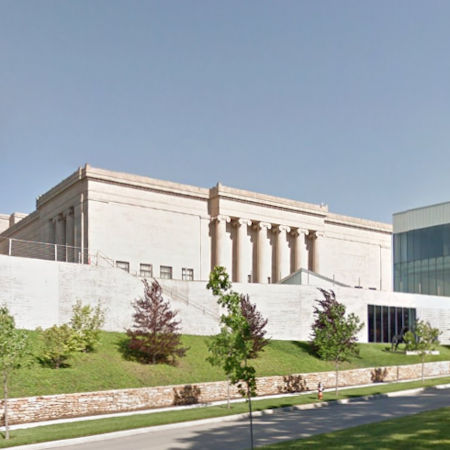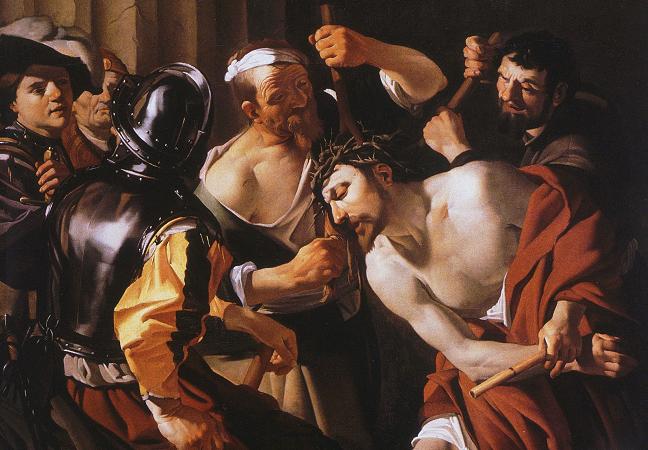Nelson-Atkins Museum of Art. The Nelson-Atkins Museum of Art is an art museum in Kansas City, Missouri, known for its neoclassical architecture and extensive collection of Asian art. In 2007, Time magazine ranked the museum's new Bloch Building number one on its list of The 10 Best Architectural Marvels which considered candidates from around the globe. On September 1, 2010, Julián Zugazagoitia became the fifth Director of the museum. The museum was built on the grounds of Oak Hall, the home of Kansas City Star publisher William Rockhill Nelson. When he died in 1915, his will provided that upon the deaths of his wife and daughter, the proceeds of his entire estate would go to purchasing artwork for public enjoyment. This bequest was augmented by additional funds from the estates of Nelson's daughter, son-in-law and attorney. In 1911, former schoolteacher Mary McAfee Atkins, widow of real estate speculator James Burris Atkins, bequeathed $300,000 to establish an art museum. Through sound management of the estate, this amount grew to $700,000 by 1927. Original plans called for two art museums based on the separate bequests. However, trustees of the two estates decided to combine the two bequests along with smaller bequests from others to make a single major art institution. The building was designed by prominent Kansas City architects Wight and Wight, who also designed the approaches to the Liberty Memorial and the Kansas governor's mansion, Cedar Crest. Ground was broken in July 1930, and the museum opened December 11, 1933. The building's classical Beaux-Arts architecture style was modeled on the Cleveland Museum of Art Thomas Wight, the brother who did most of the design work for the building said: We are building the museum on classic principles because they have been proved by the centuries. A distinctly American principle appropriate for such a building may be developed, but, so far, everything of that kind is experimental. One doesn't experiment with two-and-a-half million dollars. When the original building opened its final cost was $2.75 million. The dimensions of the six-story structure were 390 feet long by 175 feet wide, making it larger than the Cleveland Museum of Art. The museum, which was locally referred to as the Nelson Art Gallery or simply the Nelson Gallery, was actually two museums until 1983 when it was formally named the Nelson-Atkins Museum of Art. Previously the east wing was called the Atkins Museum of Fine Arts, while the west wing and lobby was called the William Rockhill Nelson Gallery of Art. On the exterior of the building Charles Keck created 23 limestone panels depicting the march of civilization from east to west including wagon trains heading west from Westport Landing. Grillwork in the doors depict oak leaf motifs in memory of Oak Hall. The south facade of the museum is an iconic structure in Kansas City that looms over a series of terraces onto Brush Creek. About the same time as the construction of the museum, Howard Vanderslice donated 8 acres to the west of the museum, across Oak Street, for the Kansas City Art Institute, which moved from the Deardorf Building at 11th and Main streets in downtown Kansas City. As William Nelson, the major contributor, donated money rather than a personal art collection, the curators were able to assemble a collection from scratch. At the height of the Great Depression, the worldwide art market was flooded with pieces for sale, but there were very few buyers. As such, the museum's buyers found a vast market open to them. The acquisitions grew quickly and within a short time, the Nelson-Atkins had one of the largest art collections in the country. One of the original components of the building was a recreation of Nelson's oak paneled room from Oak Hall. The room contained Nelson's red plush easy chair and bookcases. The room was dismantled in 1988 to make way for a photography studio. One-third of the building on the first and second floors of the west wing were left unfinished when the building opened to allow for future expansion. Part was completed in 1941 to house Chinese painting and the remainder of the building was completed after World War II. In 1993 Michael Churchman wrote a history of The Nelson-Atkins Museum of Art, High Ideals and Aspirations. The museum had four Directors before Julián Zugazagoitia's appointment in 2010; the first was Paul Gardner. A native of Massachusetts, Gardner graduated from MIT in 1917 with a degree in architecture. He served with distinction in WWI, after which he traveled in Europe and North Africa for a year. In about 1919 he became a dancer with Anna Pavlova's Ballet Company under the name Paul Tchernikoff.
more...














